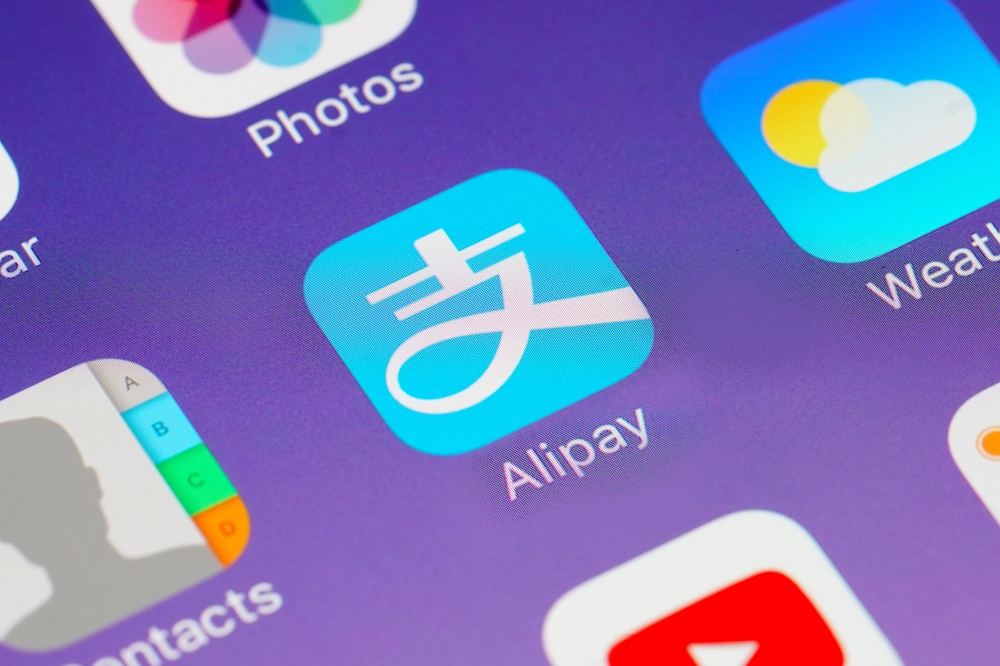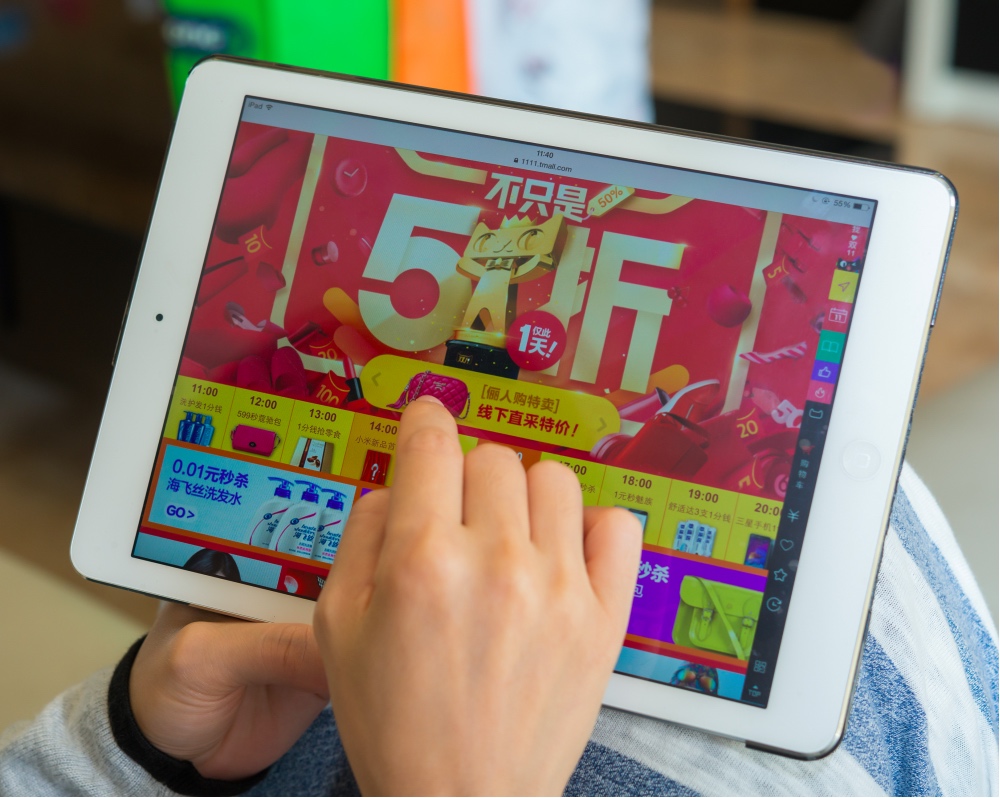Mobile payments in China is a booming business. In 2016, mobile payments in China totaled $5.5 trillion, 50 times America’s $112 billion. There are situations in China’s cities where being unable to pay with one’s phone is hindersome, with New York Times’ Paul Mozur holding up lines and unable to bike around the city simply because his bank could not be linked to a mobile payment account. He said says that mobile payments in China have become so prevalent, even buskers have a QR code on a board for potential tippers to scan tips.

One player driving China’s rapid adoption of mobile payments is AliPay. Launched on February 2004 by Hangzhou-based e-commerce company Alibaba, AliPay (or zhifubao in Chinese), is a mobile and online payment platform that utilizes QR code scanning to transfer currency. The service is available through a browser and as a mobile app. As a real-time payment solution, AliPay works by deducting payment from the buyers account in real time each instance they make a purchase on a website or an app. AliPay boasts around 450 million users as of May, 2017. AliPay also has a 54% share of the aforementioned $5.5 trillion Chinese mobile market.
A Large, Built-in Chinese Market
Every November 11th, or Singles Day as it is known in China, Alibaba sponsors a major sales event. In 2017, their sales accumulated around $25 billion. The $25 billion dwarfs US sales events, such as Black Friday 2016’s $3 billion and Cyber Monday 2016’s $3.45 billion, both of which were records themselves. During the event, AliPay processed 1.5 billion payments in total, up 41% from 2016. During peak time, the mobile payment platform processed 256,000 transactions per second.

Taobao, a Chinese customer-to-customer (C2C) online marketplace akin to eBay, Amazon Marketplace, and Rakuten, which is also owned by Alibaba, uses Alipay as its sole payment platform. The platform, as of August, 2017, has 529 million monthly active users. Sellers can list their items for free for the first few years, and transactions between sellers and buyers incur no additional charges. The malleable barrier for entry, along with a large user base, underscores AliPay’s importance in the Chinese market.
Beyond the Middle Kingdom
There are plans to expand AliPay’s reach beyond China. With many Chinese people growing accustomed to paying via smartphone, these people find themselves greatly inconvenienced when they go abroad, where mobile payment technology is not as developed, if developed at all. On May 8th, 2017, AliPay announced a deal with Atlanta-based payments processor First Data which will let the former’s users shop at the latter’s 4 million merchants. The deal gives AliPay relatively near parity with Apple Pay’s 4.5 million locations.

AliPay is also aiming to make taxi payments in the New York and Las Vegas easier through its recently extended partnership with electronic payment specialist Verifone. As of October 31st, 2017, 2100 Las Vegas cabs accept AliPay, while as many as 14,000 cabs in New York City are expected to follow suit.
In Europe, AliPay has partnered with Ingencio, an electronic payments platform that services thousands of businesses like Estee Lauder and Carrefour. Combined with US deals, the end of the first fiscal quarter of 2017 saw AliPay’s network of stores swell to 110,000 brick and mortar retailers across 20 countries and regions outside of China.
Only for China- AliPay’s Challenges
The target audience of these deals, it is important to note, are not Americans and Europeans, but Chinese tourists and students abroad. Rita Liu, the head of AliPay Europe, Middle East, and Africa, said in an interview with Bloomberg that while they were actively looking for partners who want to cater to the Chinese tourist, the company has no plans to target European consumers.
Still, the impact of Chinese overseas travel is far beyond negligibility. The China Tourism Academy projects that Chinese tourists in Europe will reach 5.5 million in 2017, a 10% increase from 2017. Alipay North America President Souheil Boudran states that since the Chinese middle class will grow to 600 million by 2022, China will become the top overseas origin market for the US. The National Travel and Tourism Office states that there were 2.6 million Chinese visitors in 2015 and that number is expected to increase to as much as 6 million by 2021.

AliPay’s possibilities are also limited by government regulation. While Taobao is incredibly popular among Chinese buyers, especially when it comes to foreign goods, government intervention has limited what can and cannot be sold on the marketplace, such as the ban on foreign books, DVDs, and video games effective March 10th, 2017.
Conclusion
Nevertheless, Alibaba is no stranger to the world of e-commerce, having been around since 2004. Its mobile payment platform, AliPay, is part of the force that has seen Chinese society go cashless. As an integral part of the Taobao marketplace, along with Alibaba’s sponsored events such as Singles Day, AliPay commands a gargantuan presence in the Chinese market. The fact that Chinese people are increasingly traveling overseas has given AliPay an opportunity to strike deals and partnerships abroad, bringing the technology to places like Europe and the U.S. AliPay’s impact in the world of mobile payments will only get bigger.
